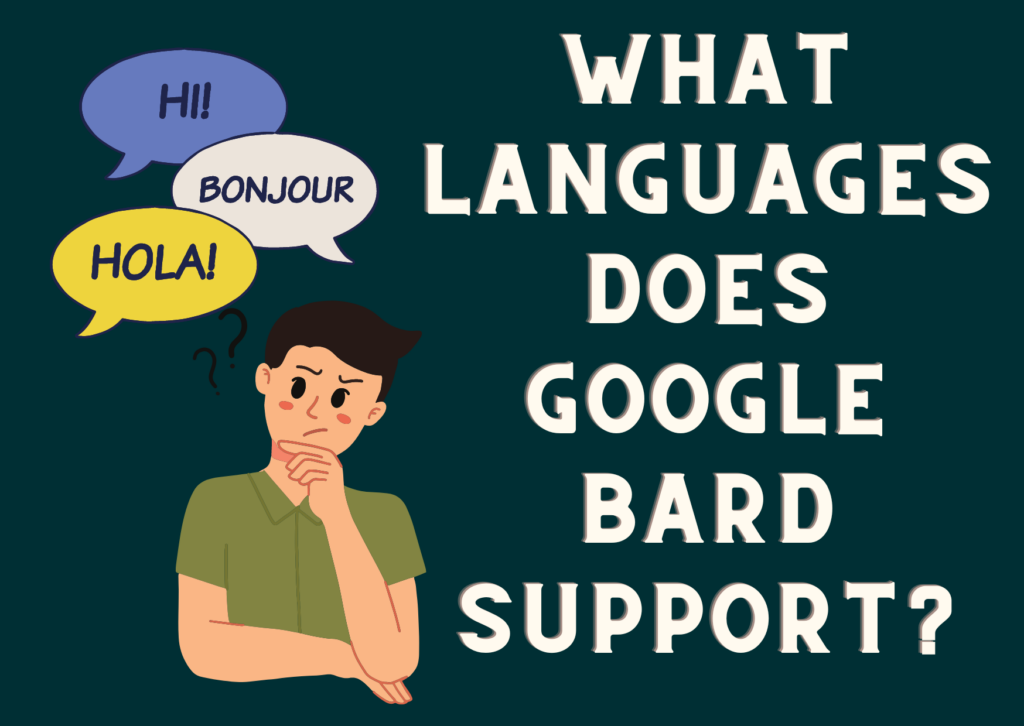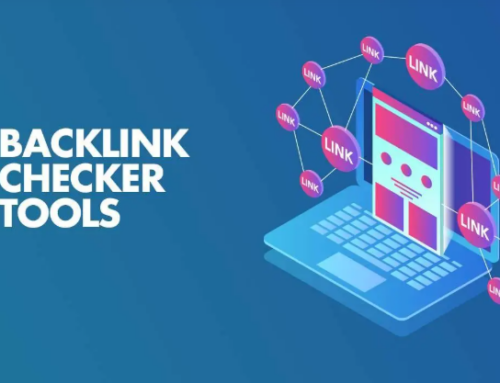The topic of artificial intelligence has received a lot of attention recently, especially since OpenAI unveiled its ground-breaking ChatGPT service, which Microsoft is now seeking to incorporate into Office 365 and Bing search. It introduced Bard, a brand-new AI-driven chatbot. But it can be difficult to understand what these new tools actually do in a sea of jargon and initialisms. This article contains everything you need to know about Bard. Google Bard is Google’s chatbot. Bard is designed as the conversational ai like chatgpt. Bard is still under the experimental process.
What is Google Bard?
Google Bard is a generative AI, which is the umbrella word for AI models that can produce new content and includes ChatGPT and DALL-E. Although generative AIs can produce audio, video, and images, Bard is an AI chatbot that focuses on producing text, particularly text that responds to your inquiries in a friendly, conversational manner.
Google Bard might appear to be a product that was rushed to market given the timing in order to contend with ChatGPT 4’s launch. However, it’s important to note that Google, by opening up access to its Transformer deep learning model in 2017, laid the foundation for ChatGPT and other LLMs. Google’s Language Model for Dialogue Applications (LaMDA), which was made available in 2021, powers Bard.
How does Google Bard work?
When users search for basic answers, Google wants Bard to complement the Knowledge Graph Cards they see in Search. Bard does this by first understanding your query and its context using LaMDA large language models. LaMDA can comprehend the subtleties and colloquialisms that search engines struggle with because it employs datasets that include dialogue. After that, Bard compiles data from various websites to create an explanation, which is then transformed into the kind of conversational response you might anticipate from a real person. (again, thanks to LaMDA). High-quality answers are what Bard, and all artificial intelligence chatbots for that matter, aspire to deliver.
What countries is Google Bard available in?
Following the launch of OpenAI’s ChatGPT, a number of tech behemoths are working to create comparable apps or use ChatGPT to create more effective systems.
To contend with ChatGPT, Google AI has developed Google Bard, a generative AI bot. The bot utilizes Language Model for Dialogue Applications and is driven by a large language model (LLM). (LaMDA).
Google Bard translates text and voice into various languages using AI-powered technology. Users are able to converse in their native language and be understood by people who do not speak the same language, thanks to the technology’s quick and precise design.
A translation library and other tools are available through Google Bard to assist language minority groups with easier access to digital content. To help users discover content that interests them, the library has material from various sources, including news articles and YouTube videos.
Along with the collection, Google Bard also provides language-learning resources like a phrasebook and a pronunciation trainer.
Countries where Google Bard is available
Google’s Bard will be available in the following nations as of March 21, 2023: USA and UK
Again, you cannot immediately test Google’s Bard. To try this platform, you must sign up for the waitlist and get a spot. The official website of Google Bard Bard is where you can view it.
Google CEO Sundar Pichai recently announced in a Tweet that the bot would be available in other nations in the future months. Before making Bard available to everyone, Google will first make it better by incorporating user input.
Countries not availing of Google Bard
Except for the US and UK, Google Bard is not accessible in other nations. If you live elsewhere, wait until the app is made available there.
If you can’t help your curiosity, you can use VPN services to try Google’s Bard. (This is not advisable, though.) We advise clients to hold off until Google formally launches the app in other nations.
Expanding the Global Reach of Google Search
Bard creates text responses to various queries that resemble human speech by utilising machine learning and natural language processing techniques. It employs a deep neural network architecture known as transformers to learn linguistic patterns, comprehend the context of the input text, and produce suitable output. Bard was trained on a large data set made up of text data.
Google Bard vs. ChatGPT
Large language models like Bard and ChatGPT were created using deep neural network designs and trained on a tonne of text data. OpenAI created ChatGPT, while Google created Bard. Both models can produce text answers that appear human-like in response to a variety of questions and tasks, such as conversational chat, creative writing, and more.
Bard and ChatGPT perform comparable tasks, but each has advantages that may make them better suited for particular uses.
LITERATURE MODELS
Bard and ChatGPT use deep neural networks (particularly transformers) as natural language models. Users who pay a fee can access the updated and improved GPT-4 variant. GPT-4 performs better in terms of comprehending context, producing responses that are more coherent, and giving more accurate information.
CONSULTING DATA
The data source used to build the models is the primary distinction between ChatGPT and Bard. On the other hand, ChatGPT-3.5 and its more recent version were trained using information that was accessible before 2021, so ChatGPT has restricted access to more recent data and knowledge.
ACCURACY
It is challenging to predict which AI will be more precise.
Applications of Google Bard
Bard has a wide range of uses across many various industries. Bard has a variety of usages, including:
- DEVELOPMENT OF CONTENT
- CREATIVE WRITING
- EDUCATION
- MARKETING AND ADVERTISING
ChatGenie vs. Google Bard
ChatGenie is an artificial intelligence-powered chatbot that allows users to interact with a digital assistant in natural language. ChatGenie is always accessible, does not have restrictions on users, supports more than 75 different languages, and has mobile apps for both iOS and Android. It uses a deep learning-based language model to generate responses that are tailored to the user’s interests and preferences. Responses are personalized to the user’s interests and preferences using a deep learning-based language model. The chatbot is mainly for assisting users in finding information, responding to inquiries, and offering guidance on various subjects.
ChatGenie employs machine learning and natural language processing to comprehend human interactions, as opposed to chatbots, which are restricted to pre-written responses and unable to grasp spoken language. As a result, it may give responses that are more specific, thorough and adapted to the user’s discourse.
Three easy steps of how you can use ChatGenie.
- Log in to Writecream, choose ChatGenie as your chat client, and set your account language.
- Enter any search term, such as “Write an article on the use of artificial intelligence in daily life.”
- Press Enter and see the magic unravel.
So what are you waiting for? Start your free trial of WriteCream by registering right away!



